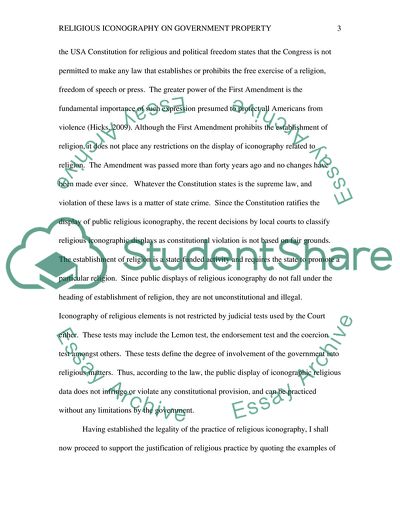Cite this document
(Religious Iconography on Government Property Research Paper, n.d.)
Religious Iconography on Government Property Research Paper. Retrieved from https://studentshare.org/religion-and-theology/1737787-lincoln-high-writing-assignment-3
Religious Iconography on Government Property Research Paper. Retrieved from https://studentshare.org/religion-and-theology/1737787-lincoln-high-writing-assignment-3
(Religious Iconography on Government Property Research Paper)
Religious Iconography on Government Property Research Paper. https://studentshare.org/religion-and-theology/1737787-lincoln-high-writing-assignment-3.
Religious Iconography on Government Property Research Paper. https://studentshare.org/religion-and-theology/1737787-lincoln-high-writing-assignment-3.
“Religious Iconography on Government Property Research Paper”, n.d. https://studentshare.org/religion-and-theology/1737787-lincoln-high-writing-assignment-3.


